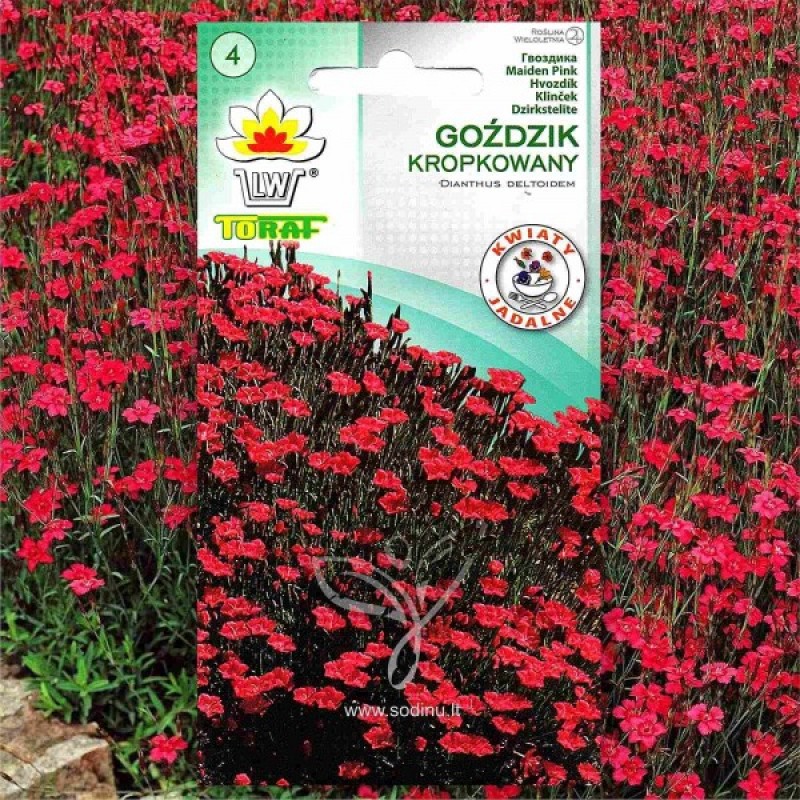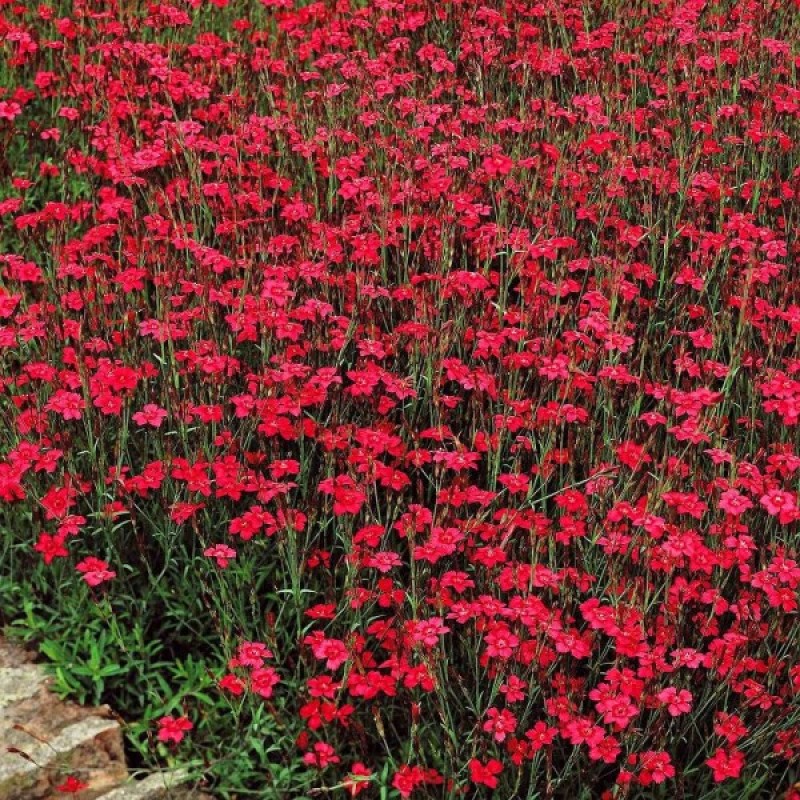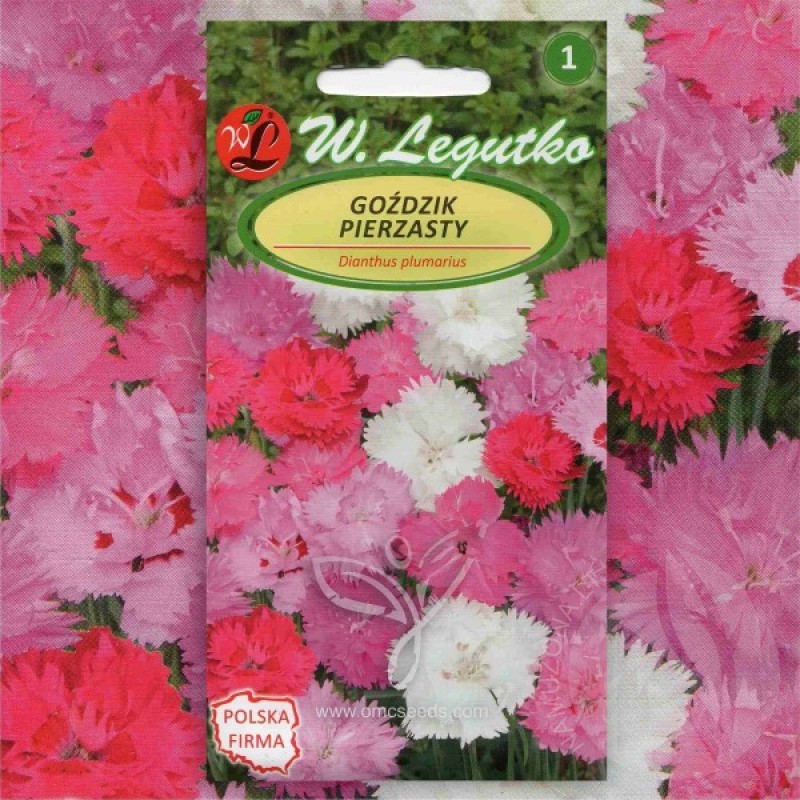



PAY ATTENTION!
All seeds (except SOLD OUT) are available for immediate shipping and will be dispatched within 1-2 business days.
INFORMATION NEEDED? PLEASE CONTACT US NOW!
Few pinks are as colorful and pretty as the summer-flowering maiden pink. This low mat-forming perennial originates from Western Europe and Asia where is resides on rocky ground and open grasslands. It produces a carpet of small pink, white or rosy red flowers that rise from short, slender stems. The blooms are lightly fragrant, attractive to bees and butterflies and shine above the thick mat of fine, dense, blue-green foliage.
Maiden pink performs best in full sun and porous well-drained soil that’s neutral to alkaline. Once established, it will tolerate periods of drought. Its spent buds should be sheared back to keep plants looking clean and attractive. If left uncut, plants will self-sow lightly.
Rock gardens and sunny border edges are the best spots for this tough and lovely perennial. It is also ideal for trough gardens and looks great cascading over stone walls.
Information source: http://learn2grow.com/plants/dianthus-deltoides/
Approximately 400 seeds in 0.3 g packet.
Genus - Dianthus
Species - Deltoides
Common name - Maiden Pink
Pre-Treatment - Not-required
Hardiness zones - 3 - 9
Height - 0,35 - 0,60 m
Spread - 0,20 m
Plant type - Perennial
Exposure - Full Sun, Partial Sun
Growth rate - Medium
Soil PH - Neutral, Alkaline
Soil type - Fertile chalky Clay, Loam, Well Drained
Water requirements - Average, drought tolerant
Landscape uses - Edging, Groundcover, Mixed Border, Rock Garden / Wall
Bloom season - June - September
Leaf / Flower color - Green / Dark pink
GERMINATION INSTRUCTIONS
1. Bury the seeds under 4-5 mm of commercial seed planting medium or a mix of equal parts of perlite and peat moss in a shallow tray 5-7 cm deep. Start the seeds in the early spring about 6 weeks before the last frost in your area - from March to June. Sow outside in June.
2. Water the container from the bottom by setting it into a sink filled with about 2-3 cm of water for about 10 minutes. Lift, drain slightly until the water stops dripping and place the container in a sunny window.
3. Cover the whole container with a clear plastic bag that will let the light in but keep the soil moist. Remove it after about 10 days when the seeds start sprouting.
4. Water the seedlings every few days so that the soil stays moist. Add 1 tsp. of general liquid plant fertilizer to a gallon of water and fertilize the seedlings once a week after they are about 10 days old.
5. Transplant the dianthus seedlings outside in the spring, keeping the soil around their roots by sliding a spoon under them and lifting them from the container.
6. Set the seedlings into holes deep enough to hold the roots and keep the plant at the same planting depth. Gently press the soil so that it is firm around the stem and continue the watering and fertilizing schedule.
Info source: eHow.com
No questions about this product.










